Over one million people reached Europe in 2015 in fragile, overcrowded boats.
Why did such a staggering number of refugees and asylum-seekers pay smugglers thousands of dollars to risk their lives? It’s simple: Because they had no other option. With borders slammed shut, few can hope to reach another country safely and legally.
No one should have to gamble their life on a dangerous journey to get the protection they’re entitled to. And governments could quite easily stop this happening.
How? By offering people alternatives.
Canada, for example, opened its doors to 25,000 Syrian refugees between November 2015 and February 2016. Every single one reached their new home country in the only obvious way: by plane. They were able to do so because of a solution called resettlement.
No one should have to gamble their life on a dangerous journey to get the protection they’re entitled to.
Amnesty International
A drop in the ocean
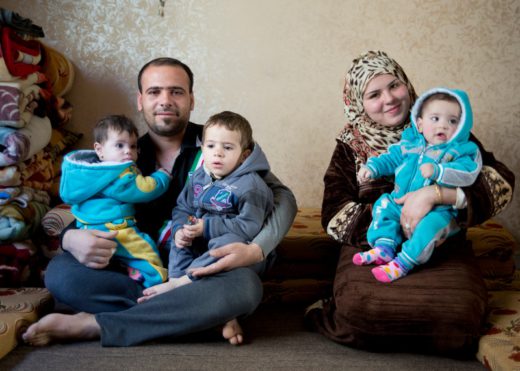
What is resettlement?
Resettlement is a way of protecting those refugees who are most at risk of harm – people who have been tortured, for example, or women at risk of abuse (find out more about who qualifies below).
Put very simply, this is how it works: You’re forced to flee your home and escape to another country. There, you are recognized as a refugee by either the UN’s refugee agency, UNHCR, or the local authorities. But you still face threats, abuses like sexual violence, or problems getting life-saving medical treatment.
UNHCR will identify whether you meet their “vulnerability criteria” and urgently need protection in another country. This is called resettlement.
If you qualify, you’ll be waiting anxiously to be offered a place. And if you’re very lucky, you might get a phone call one day saying you can pack your bags and settle down in a third country.
Refugees might qualify for resettlement if they…
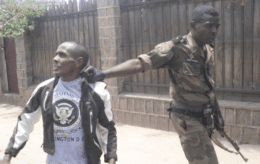

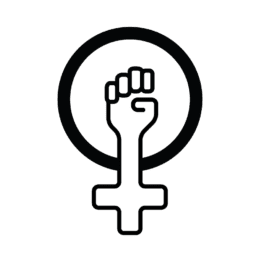
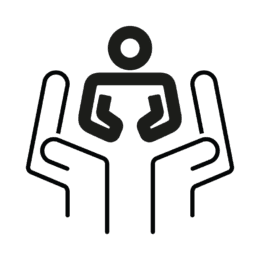



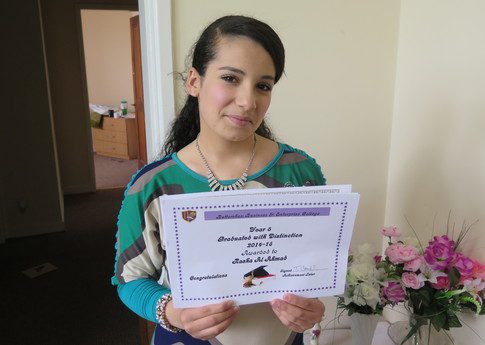
Are other safe and legal routes available too?
Yes. Governments can open up so-called pathways to safety in emergency situations, such as the Syrian refugee crisis. They include:
- Academic scholarships and study visas allowing refugees to start or carry on studying.
- Work visas offering professionals the chance to get a job abroad.
- Medical visas to help someone with a serious condition get life-saving treatment.
- Family reunification – this means refugees can join close relatives already living abroad.
- Private sponsorship involving private individuals or organizations funding refugees to settle in their communities.
Opening up these opportunities for many more refugees will allow them to travel to new host countries in an organized way. And that means fewer people will risk life and limb to reach safety.
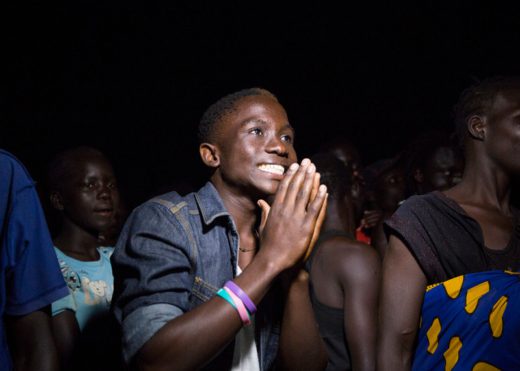
What difference can these solutions make?
Safe and legal routes can mean the difference between life and death for refugees.
It can mean not having to hand over your life savings to a smuggler, only to put your family in terrible danger. It can mean not being beaten up, exploited or sexually abused, and avoiding long, exhausting journeys on foot.
It can also offer people an escape from crushing poverty in host countries that can’t cope – such as Lebanon, where every fifth person is now a Syrian refugee.
Above all, solutions like resettlement offer hope to people who have lost everything. They promise simple, basic things that everyone wants – decent healthcare, a home, an education for your kids.
And most importantly, they are a crucial way of protecting people’s human rights when their own country can’t or won’t do it.
What Amnesty is calling for
This all sounds sensible, fair and doable, right?
Yes. But unfortunately, only a tiny fraction of refugees who qualify for resettlement have actually received that all-important call saying they can move abroad.
That’s because very few countries have followed Canada’s example and offered up enough places to make a real difference. To save lives and stop people suffering, Amnesty is calling on governments to massively increase resettlement, plus other safe and legal routes.
We’re asking countries worldwide to welcome at least 10% of the world’s refugees every year. But only 134,044 resettlement places were promised globally by just 30 countries in 2015, and many have yet to be filled. Many more places need to be offered, and fast.
Our response to the global refugee crisis will define that kind of world we and future generations will live in. Join our I Welcome campaign: together, we can push our governments to show true leadership and invest in people’s lives and futures.

